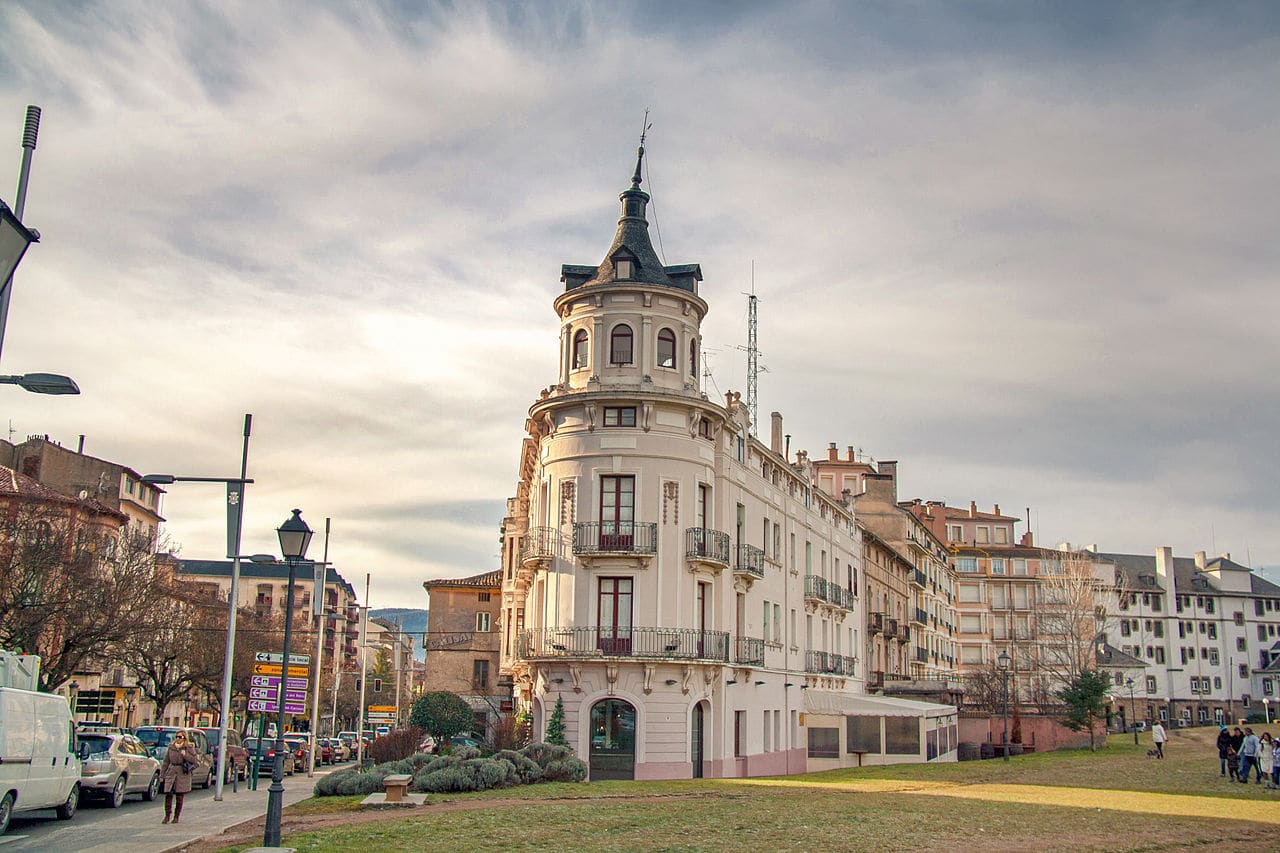
Pony
If you plan to travel to the province of Huesca, you may have wondered what to see in Jaca, located to the north of the Aragonese community, very close to the Pyrenees and full of history. In fact, it was the first capital of the County of Aragon and it lived great splendor in the Middle Ages. Of all this, there have been numerous monuments that you can visit today.
But you don't only have historical buildings to see in Jaca. It is also a perfect place for you to practice hiking and skiing through the mountains and resorts of the Pyrenees. A magnificent gastronomy completes the tourist offer of the Jacetan city. If you want to know it, we invite you to follow us.
What to see in Jaca, a monumental city
Both the city itself and its surroundings have a rich religious and civil heritage formed by churches that stand out for their Romanesque exuberance, monasteries, towers, fortresses and even railway stations. Let's visit it.
San Pedro Cathedral
Built in the XNUMXth century by order of Sancho ramirez, King of Aragon, is considered the first romanesque built in Spain. In fact, its construction is closely related to the the Camino de Santiago, which passes through Jaca.
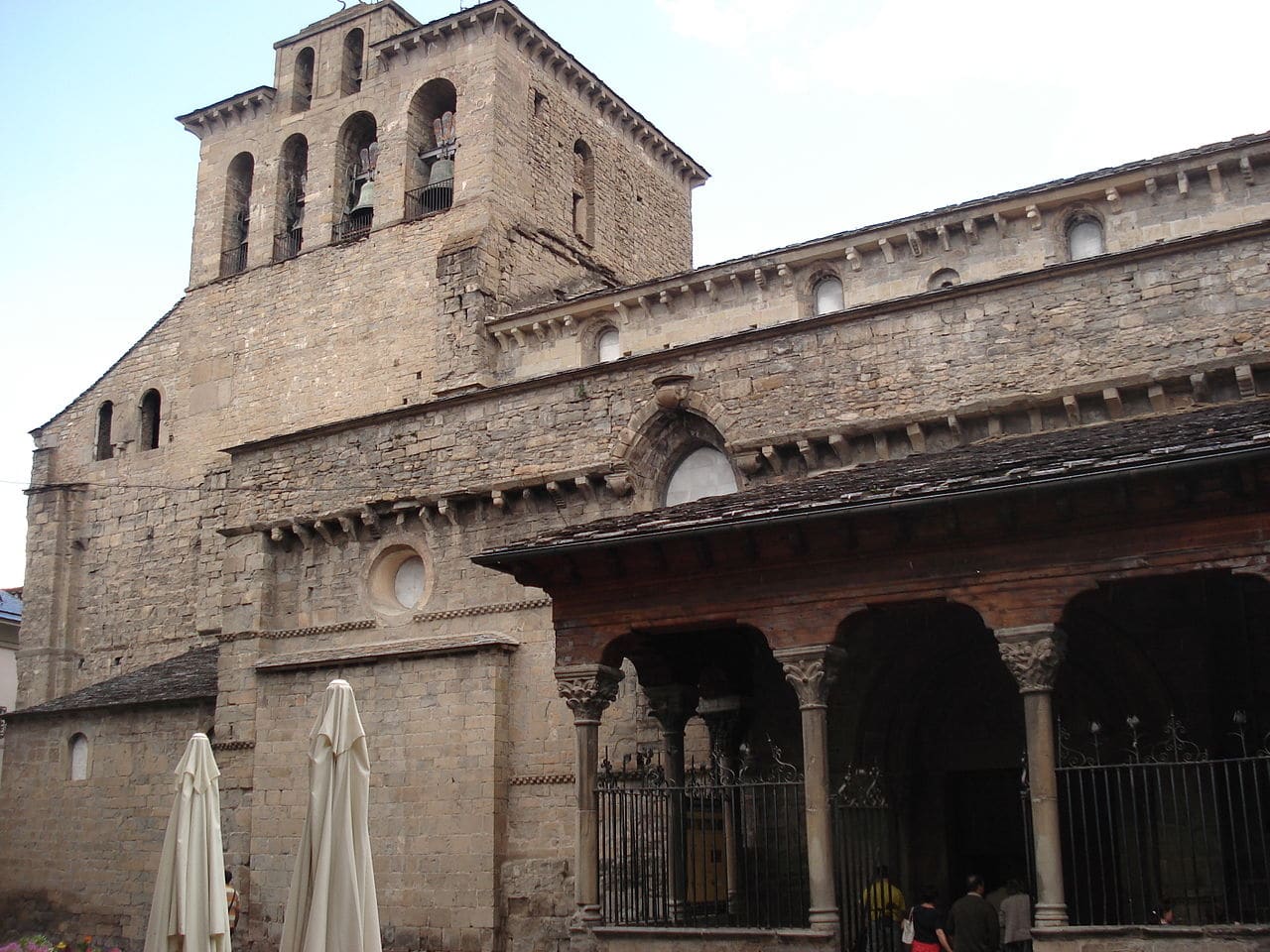
Jaca Cathedral
It has a basilica plan, with three long naves that end in as many semicircular apses, two access doorways with columns and capitals, and a slender dome. As a curiosity, among the sculptures carved on the doors, there is a very unique one. On the side you can see the jaquise rod, a measurement that was used in the Middle Ages and that was equivalent to 77 centimeters.
On the other hand, inside the cathedral you can visit the Diocesan Museum, where you will see Romanesque paintings of great value found in different churches in the province of Huesca.
The Citadel, the first thing to see in Jaca
Also called castle of san pedroIt was built in the XNUMXth century as a defensive bastion for the city. It was the central nucleus of a network of border defenses that was completed with towers such as Ansó, Santa Helena and Hecho.
In a huge construction that has a central courtyard around which different dependencies such as warehouses, barracks, offices and chapel are distributed. In one of them you can also visit a curious Museum of Military Miniatures.
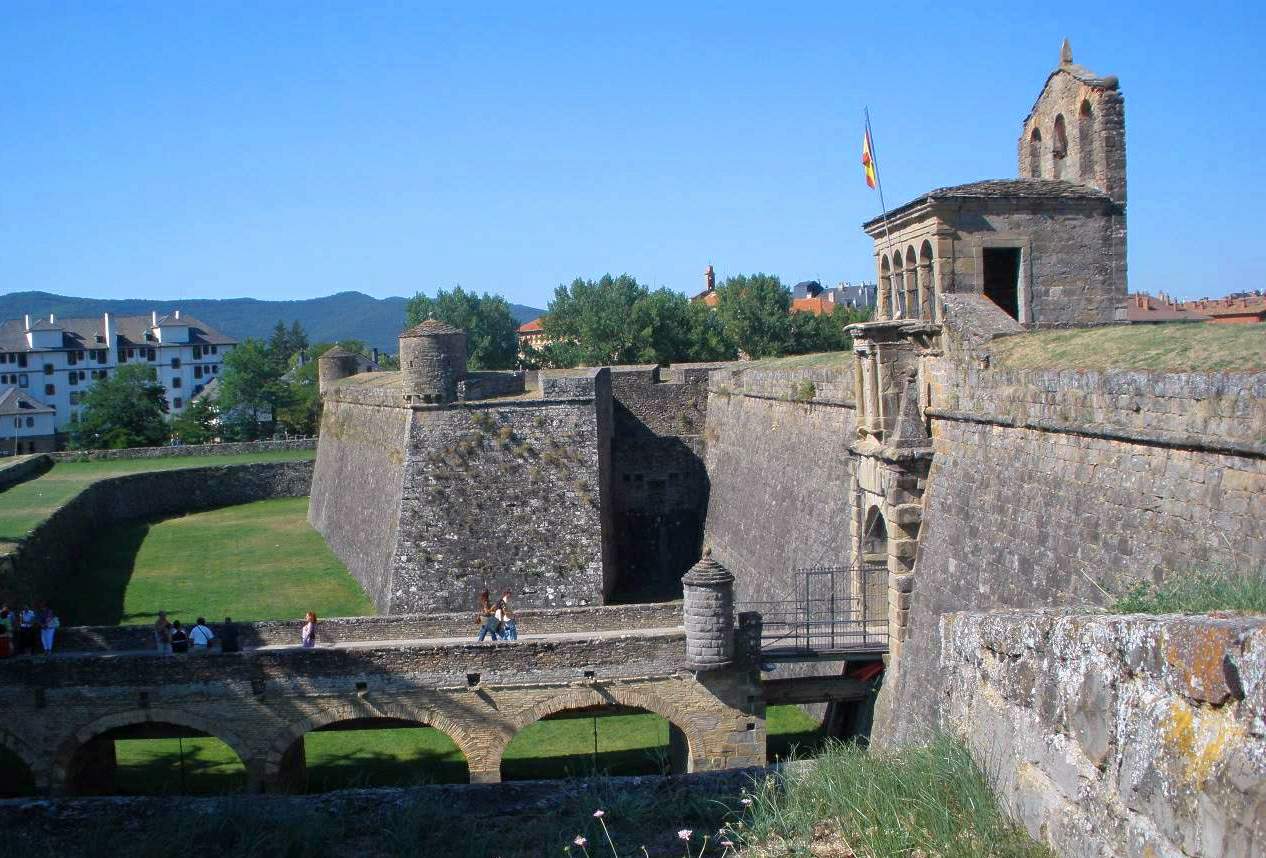
Citadel of Jaca
Rapitán fort
Built in the XNUMXth century, it also had a defensive function. It is dominating the panorama from the hill of the same name, more than XNUMX meters high. Is a huge fortress of almost thirty-six thousand square meters that, curiously, has almost as much extension underground as on the surface.
Clock Tower
Also known as from jail Because it served for this function, it is a sample of civil Gothic, with a rectangular plan and a door under a semicircular arch.
Monastery of San Juan de la Peña
Covered by the imposing rock of the mount Pano, has witnessed regional history since the XNUMXth century: the first kings of Aragon are buried there. Other places that you must visit in the monastery are the Romanesque exterior cloister, the gothic chapel of San Victorián and the later Royal pantheon, neoclassical style.
Other monuments to see in Jaca
As for the civil heritage, you can also see in Jaca the building of the Town hall, built in the XNUMXth century in Plateresque style; the archiepiscopal palace, of the XVII and the San Miguel bridge, one of the few from medieval times that are preserved in the north of Aragon.
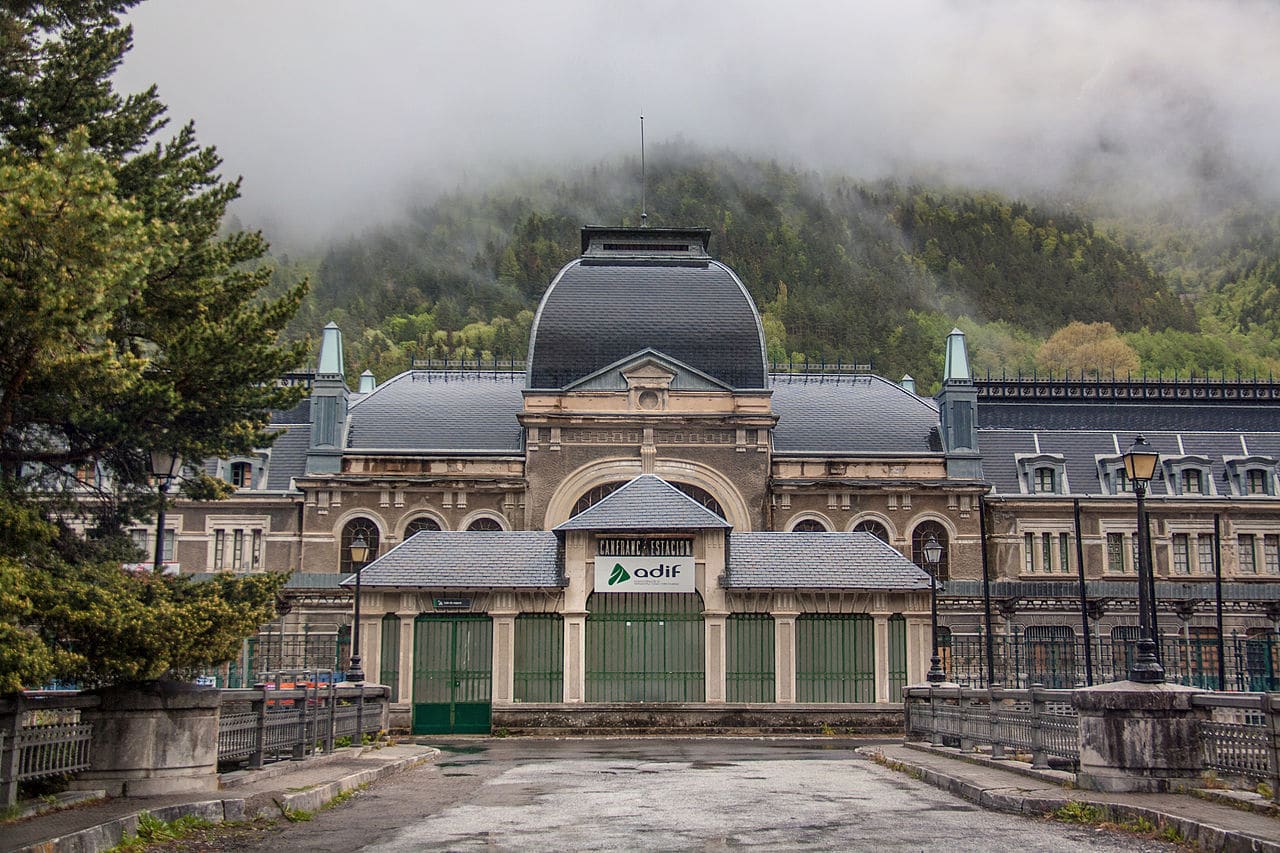
Canfranc station
But the most impressive civil construction in the area is the Canfranc railway station, which opened in 1928 and was at the time the second most important in Europe after Leipzig. It was part of the ambitious project of the Somport tunnel, which communicated Spain and France.
Regarding religious architecture, you can also see in Jaca and its surroundings other churches such as those of San Adrián de Sasabe, Santa María de Iguácel or San Caprasio. All of them make up a magnificent Romanesque heritage.
Jaca gastronomy
Once we have reviewed what you have to see in Jaca, we are going to recharge our batteries by enjoying its gastronomy. This responds to the climatic conditions of the area, with long and cold winters, which is why it has a high calorie content. They also respond to the pastoral and agricultural culture of the region.
It is typical the lamb or young lamb that is prepared roasted. Precisely with the guts of this, the chiretas, which are filled with the animal's own viscera and rice. Among the meats, you can also try the beef fillet a l'Alforcha and braised wild boar with walnut sauce.
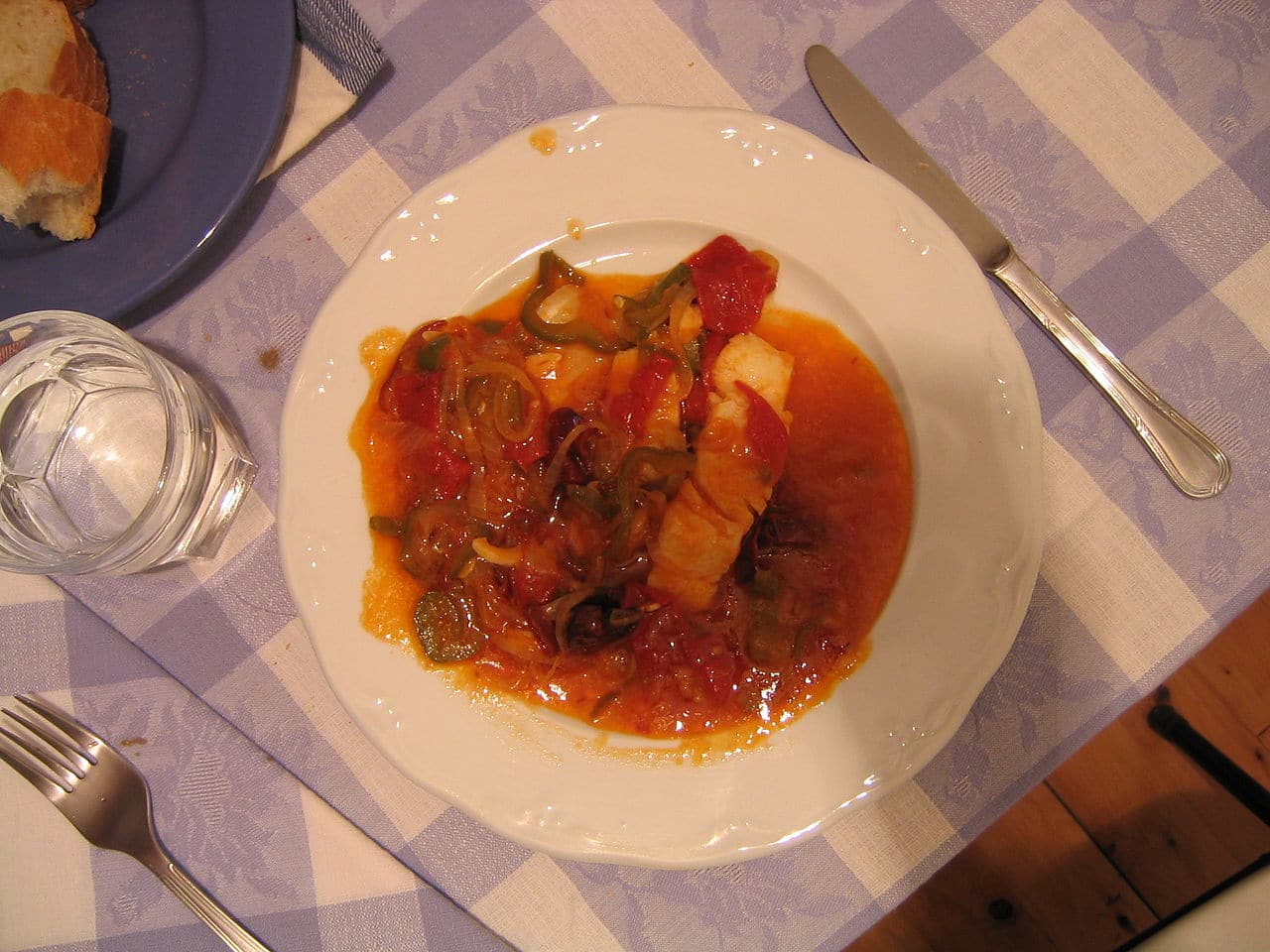
Bacalao Al Ajoarriero
As for the fish, the Bacalao Al Ajoarriero, which is prepared with garlic, onion, potatoes, peppers and grated tomato. More forceful are the crumbs with eggs, which have loganiza or chorizo, garlic, oil and onion.
Finally, regarding desserts, the Jaca pastry is famous. Among its typical products, you can try the crispillos, which are made with eggs, milk, sugar, flour and anise; the checkers and little crowns of Santa Orosia.
When is it better to visit Jaca
We have already mentioned that the weather in Jaca is cold, with an average annual temperature that barely exceeds ten degrees. However, it is a climate of type continental so there are big differences between winter and summer.
In the first, you can find temperatures of five degrees below zero, while during the second they can exceed thirty above zero. In addition, both in winter and in spring and autumn it rains more and even snow is abundant in the colder months. Therefore, the best time for you to visit Jaca is summer.
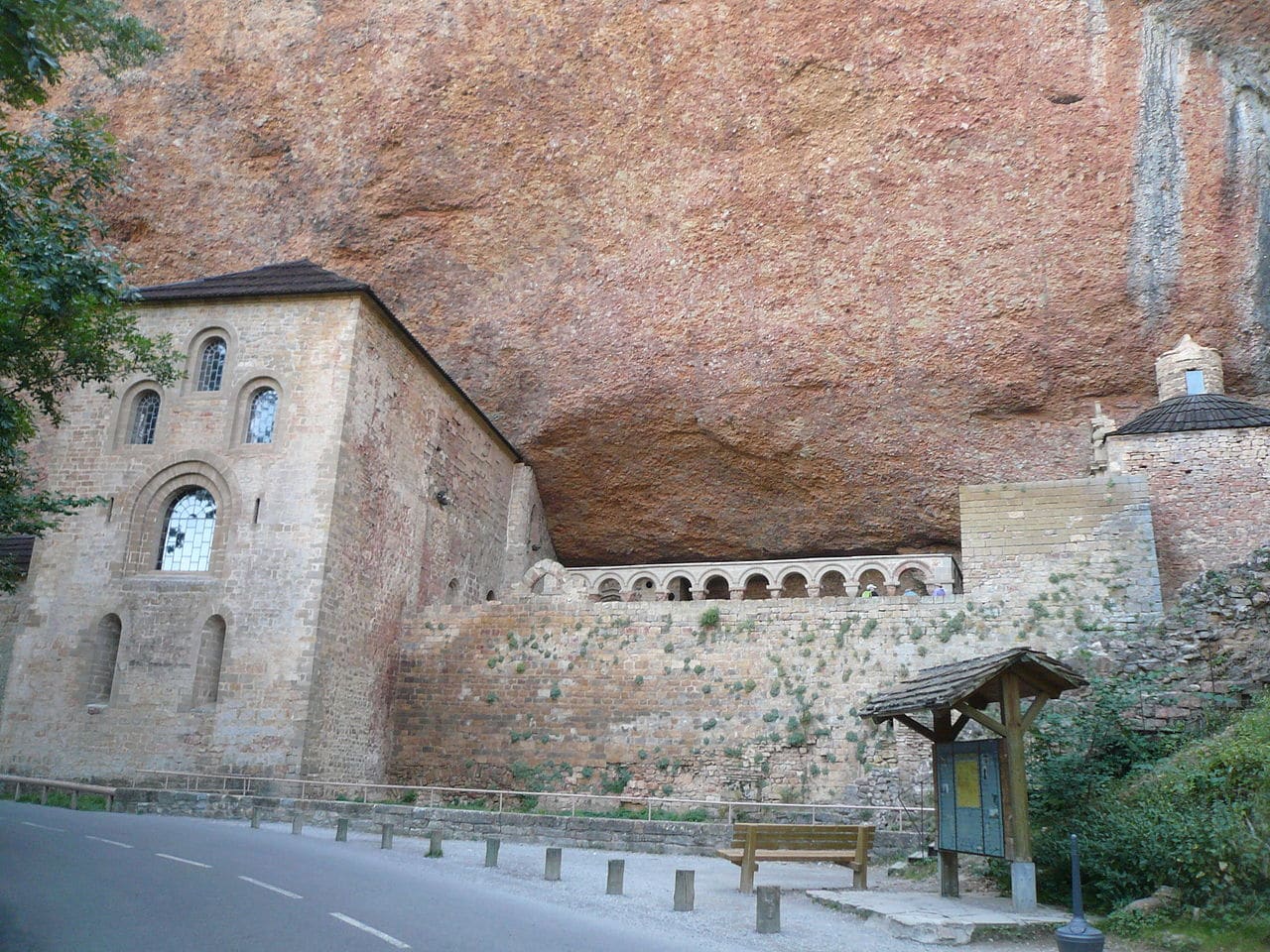
Monastery of San Juan de la Peña
How to get to Jaca
We have talked to you about what to see in Jaca and also about what to eat. But it is also important that you know how to get there. You can do it for ferrocarril, since there is a line that connects the city with Zaragoza. Likewise, there are Bus that communicate it with the Aragonese capital and with other parts of Spain.
If you prefer to use your own car, from the east you will arrive by the N-260 and from the west by the N-240. On the other hand, both from the south and from the north, the road is the E-7.
In conclusion, there is much you have to see in Jaca: an abundant and precious monumental heritage and magnificent landscapes, without forgetting its delicious gastronomy. Do you dare to know the Aragonese city?